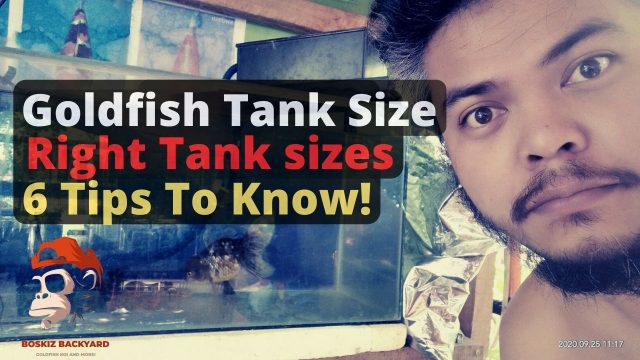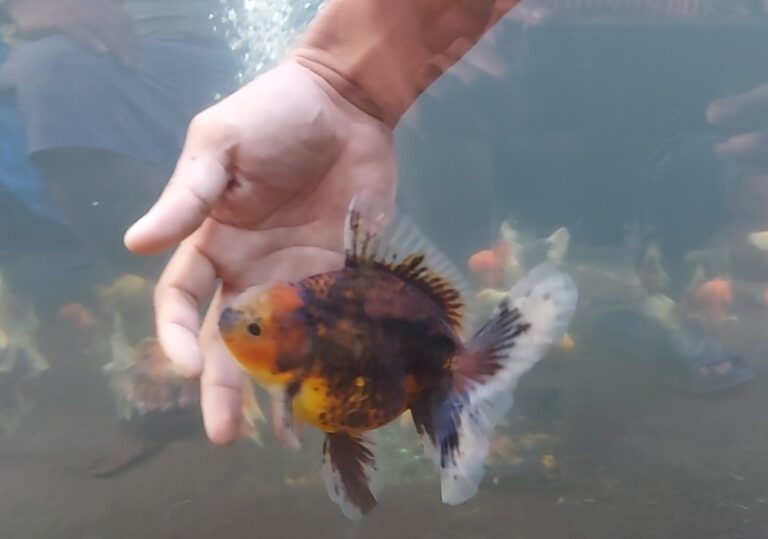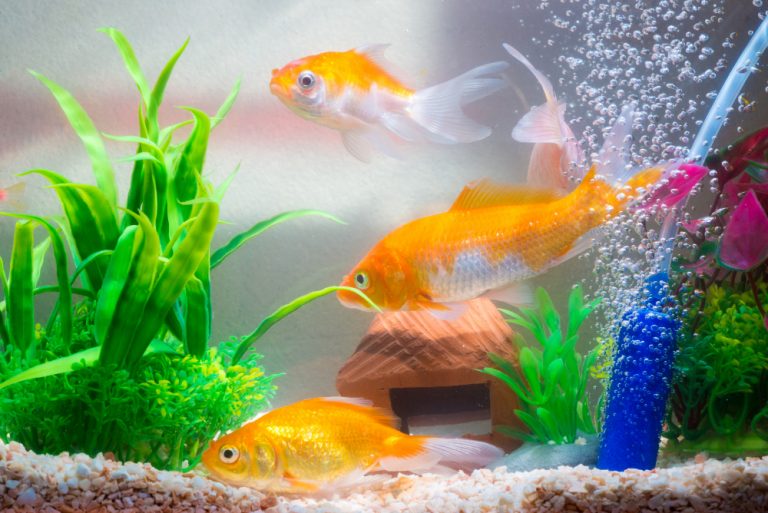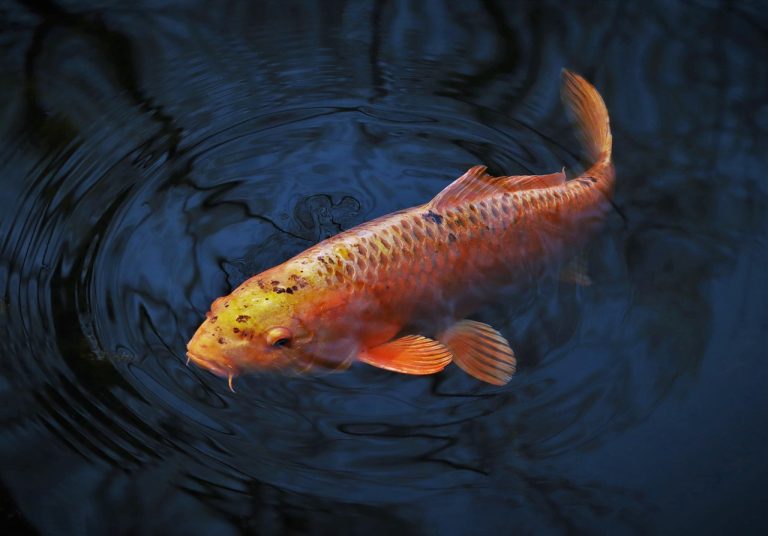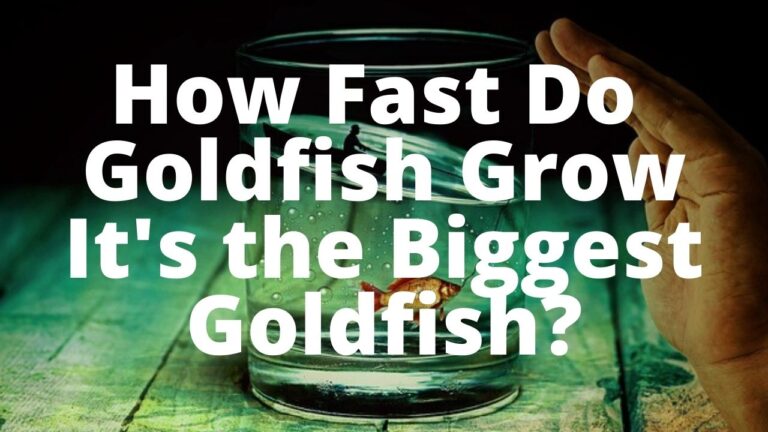Goldfish Tank Size Guide: The right tank sizes for Quality goldfish
If you are a newbie goldfish owner, most likely it bugs you about the right goldfish tank size to use. Goldfish can thrive even in a small fishbowl. But allowing the fish to live in a tank will give enough space to swim, thus making your pet happy.
How big is the ideal fish tank for goldfish? It is essential to know some ideas if you’re planning to provide a better home for your fish. Having the appropriate tank is one way to provide proper care and avoid health problems. As a pet owner, you understand that poor accommodation can affect the growth of the fish. Thus, it is essential to provide the right size of tank to reach true potential.
Things to Consider When Determining the Goldfish Tank Size
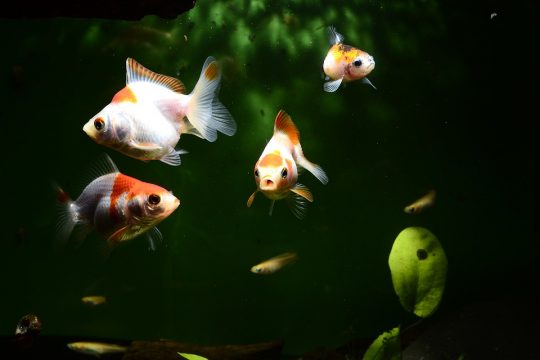
There are two types of goldfish, including the common or single tails and the fancy goldfish. The former has an elongated body and a single tail fin. The fancy goldfish have a double caudal fin and can develop specific body shapes. Distinctive characteristics of fancy goldfish are oversized eyes and head growth. The body is more compact and rounded.
Tank Dimension
Considering the tank dimension is essential. It is important to understand the biological and physical characteristics, how the fish behave and interact.
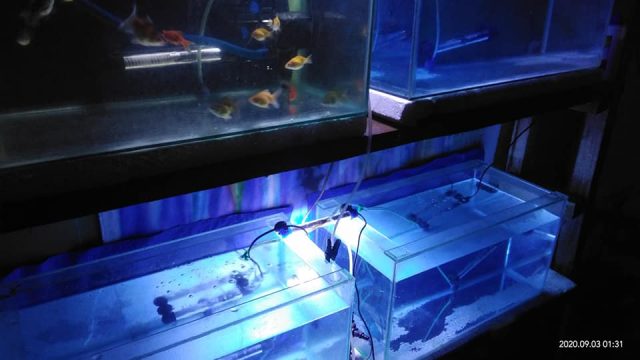
Adult size
A fancy goldfish can reach the full length of 30cm and 30cm tall. It can reach a bodyweight of half a kilogram and a grapefruit body size. Once the fancy goldfish reaches the adult size, the ideal tank size is a 100-liter tank that measures 90cm x 35cm x 30cm. It will allow the fish to move freely.
The common goldfish can grow longer, especially the comets. The body is wide that makes them gain more weight.
Swimming abilities
The body attributes of the fancy goldfish compromise its swimming abilities. They need a wide space to roam around comfortably, though they are not fast swimmers. Despite the overall size of the common goldfish, they can’t turn easily. This fish is more athletic compared to fancy goldfish. The Sarasa comets can swim at full speed. If you have single tails, it is better to choose a long tank to avoid colliding or knocking into the sides or other things inside the tank.

Bioload
Bigger fish can produce more waste and excrete through the gills. We call the waste a bioload. If a fish produces high bioload, we recommend having a large tank that can accommodate a large volume of water to filter the waste. Goldfish eat a lot, thus produces high bioload. If the water is not well-taken care of, it will adversely affect the health of your pet.
Check out Bioload Meaning here
Surface area
A good oxygen level in the water is essential for goldfish. It is by allowing them to live in a tank with a large surface area. The gas exchange happens on the water surface. This means that the oxygen can easily get into the water and the carbon dioxide exits if the surface area is larger. If the fish has heavy head growth, the gills do not perform efficiently.
Space for décor
Another factor to consider when determining the proper dimension of the tank is the décor you will use. A nicely decorated environment is highly beneficial for goldfish. That’s why to choose a tank that offers more room for décor without conceding the swimming room. Airstone can improve aeration and provide more oxygen to the water. Make sure the tank can accommodate good-sized air stone.
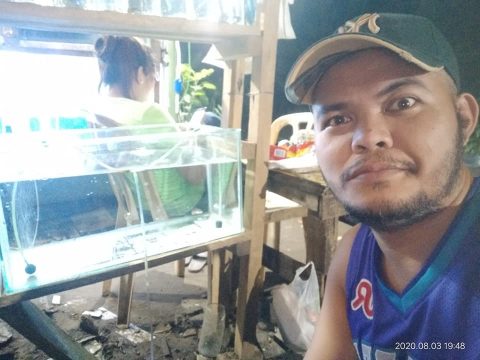
The factors discussed above will give you a better idea about the tank size for a goldfish. We understand that having enough space to move around and grow is of utmost importance. The advantage of using longer and bigger tank is to ensure that you will not compromise the health of your pet.
One goldfish can live in a tank with 30 to 40 gallons of water. It means that adding fish into the tank requires additional gallons of water. Thus, if you have five common goldfish, the required tank size can accommodate 70 gallons of water. A single fancy goldfish requires a fish tank with 20-gallon water. You should add 10 gallons if you will put another fish into the tank. Aside from the fact that common goldfish grow up to 24 inches long, goldies can live to a maximum of over 40 years. That’s why you really need to have a large fish tank.
Goldfish cannot live alone because they love having company. But we do not recommend putting a common and fancy goldfish together in one tank. Common goldfish are fast swimmers and can bully the fancies as they swim slower. The fancy goldies may starve for food because the commons can get the food fast. If you have common goldfish, it is better to use bigger tank to avoid bumping on the tank wall.
Final Thoughts for Goldfish Tank Sizes
The size of the tank you will choose depends on the goldfish you want to keep. To ensure a healthy aquatic pet, let your goldfish live in a bigger fish tank. If you find it difficult determining the right size, you can ask for help from pet shop staff or use an online calculator.
You may think it is difficult to clean and maintain a large fish tank. But it is for the good of your pet. Smaller tank may easily get dirty because of the wastes your fish excrete. The nitrogenous wastes are harmful to aquatic pet. Thus, you need to clean a small tank frequently. A bigger fish tank does not require frequent cleaning, but you must install a filtration system.
Choosing the right tank size for your goldfish guarantees having your aquatic pet for longer years. You will enjoy seeing them swimming around. Keeping several goldfish in a tank promotes social interaction and makes them feel secure.
Doing thorough research will help you make the right choice of fish tank to house your aquatic pet without compromising their health.
Check out other blog content here
How to Cure Goldfish Swim Bladder Disease – 4 Things to know
